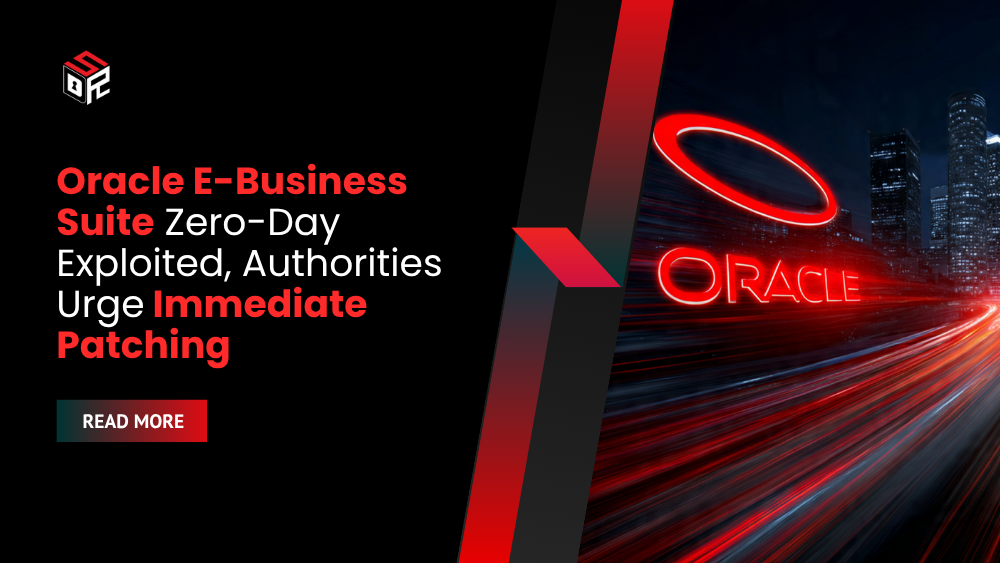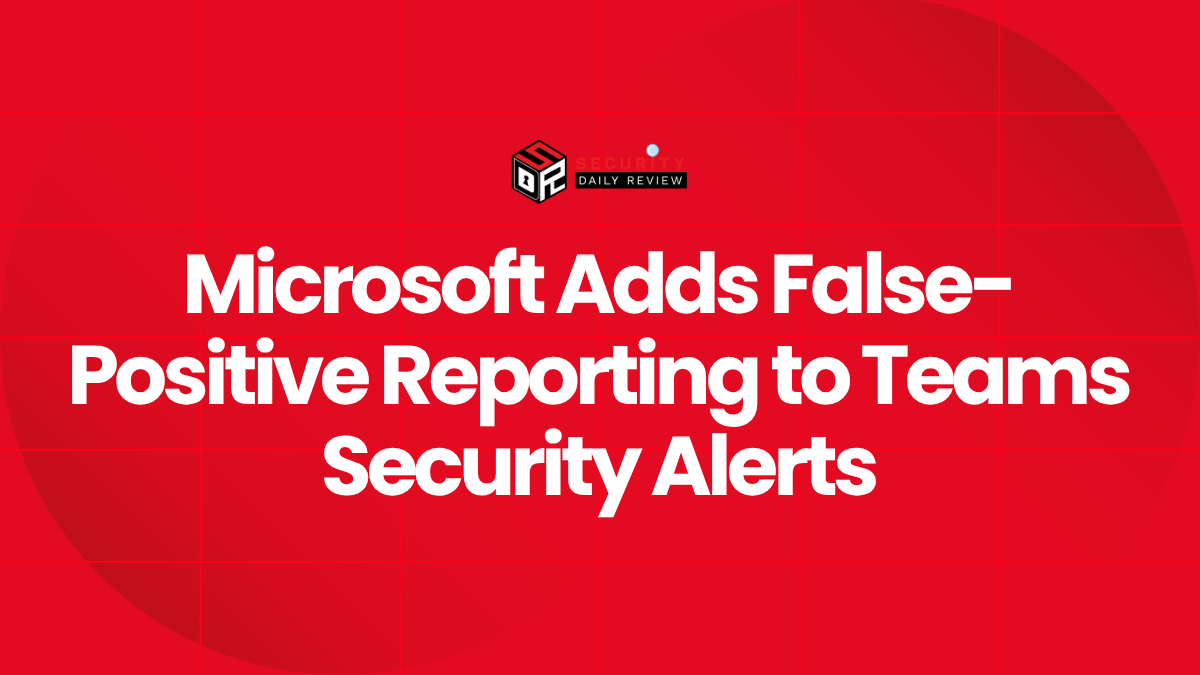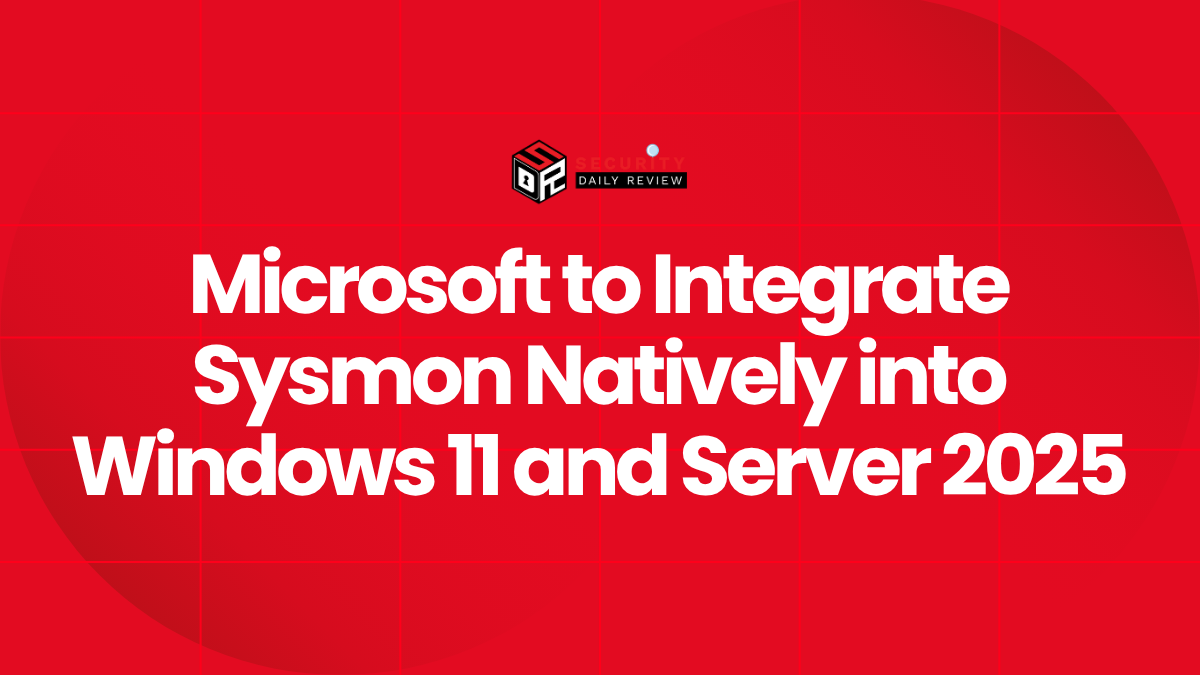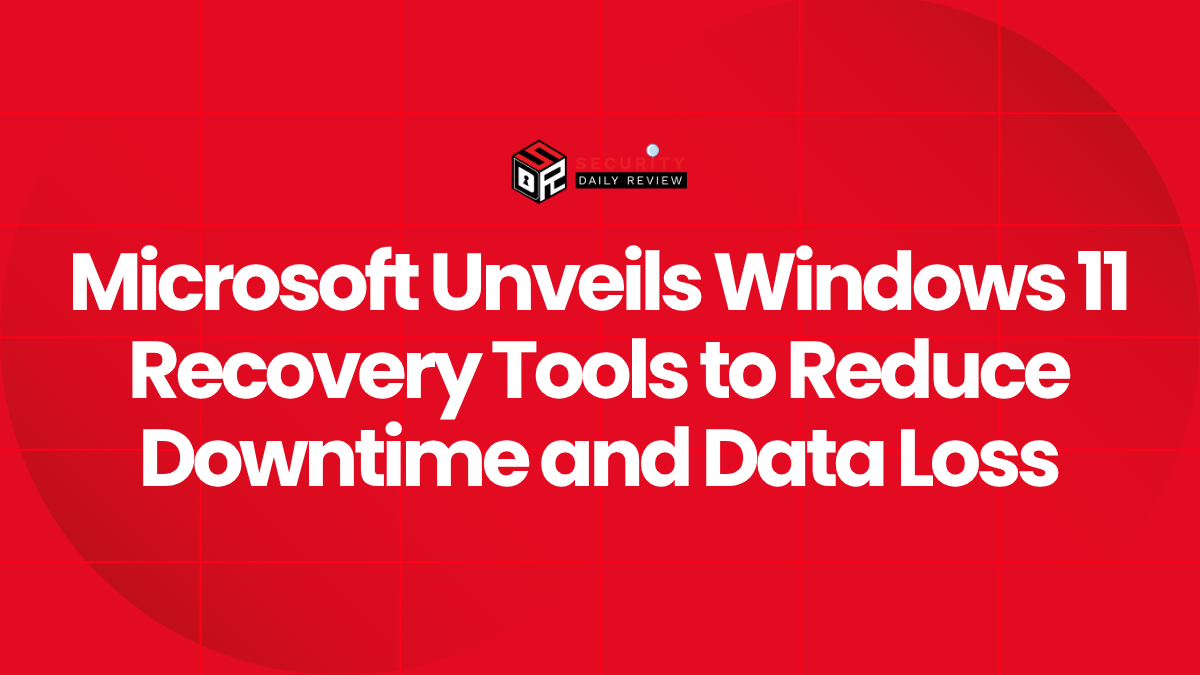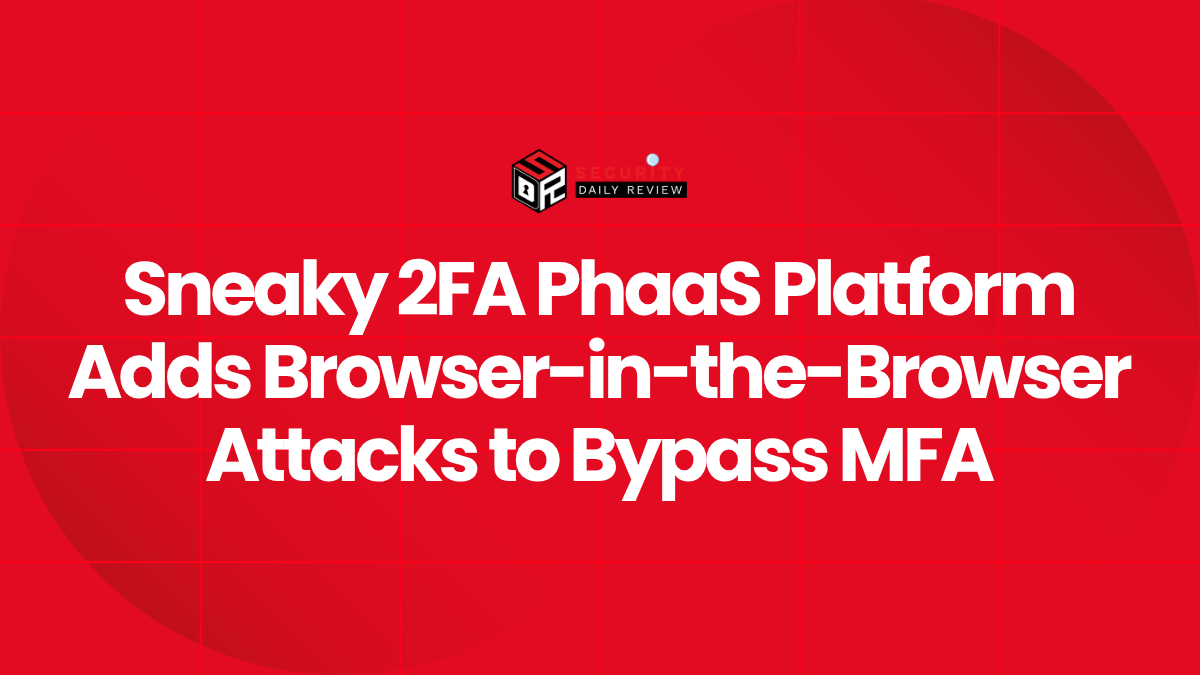Oracle and national cyber authorities have warned that a critical zero-day vulnerability in Oracle E-Business Suite is being actively exploited in the wild and can permit unauthenticated remote code execution. Emergency patches released on October 4 address the flaw, tracked as CVE-2025-61882, but multiple agencies and security responders advised organizations to treat the issue as an urgent incident and to verify whether they have already been compromised.
Oracle described the vulnerability as an easily exploitable flaw in the BI Publisher Integration component of Oracle Concurrent Processing. The company said a remote attacker can send specially crafted HTTP requests to the affected component to achieve full system compromise without authentication or user interaction. Oracle assigned a near-maximum severity rating to the bug and published an advisory alongside emergency fixes and indicators of compromise.
“It may be exploited over a network without the need for a username and password. If successfully exploited, this vulnerability may result in remote code execution,” Oracle said in its security alert.
Security agencies in multiple countries issued immediate guidance following reports of targeted intrusions. The United Kingdom’s National Cyber Security Centre and Germany’s Federal Office for Information Security published red-level advisories urging organizations to apply Oracle’s emergency updates and to accelerate incident response reviews for E-Business Suite deployments.
Immediate Risk to Oracle E-Business Suite Instances
The vulnerability affects Oracle E-Business Suite versions 12.2.3 through 12.2.14 and is particularly dangerous for internet-accessible instances. Exploitation requires only network access to the affected HTTP endpoint, enabling unauthenticated attackers to execute arbitrary commands in the context of the Oracle Concurrent Processing service. Because E-Business Suite is widely used for finance, supply chain, human resources and other core business functions, a successful compromise can expose sensitive corporate data and disrupt critical operations.
Security researchers and incident responders reported multiple intrusion campaigns consistent with mass exploitation patterns. Extortion notices tied to the notorious Clop ransomware group began circulating shortly after initial reports of compromise, with extortion emails claiming data theft from E-Business Suite environments and demanding ransom to prevent public disclosure.
Charles Carmakal, chief technology officer and board advisor at Mandiant, posted guidance to industry peers stressing the need for retrospective compromise assessments. He warned that mass exploitation had already occurred and recommended that organizations assume potential compromise irrespective of when they apply the patch.
“Given the broad mass zero-day exploitation that has already occurred (and the n-day exploitation that will likely continue by other actors), irrespective of when the patch is applied, organizations should examine whether they were already compromised,” Carmakal advised.
Oracle indicated that the October 2023 Critical Patch Update is a prerequisite for the emergency fix and urged customers to follow the prescribed patch sequence. The company’s advisory included example malicious payloads, observed indicators of compromise, and sample IP addresses used in exploitation attempts to assist defenders in detection and containment.
Recommended Mitigations and Forensic Priorities
Authorities and managed security providers outlined immediate steps organizations should take to limit exposure and assess impact. The primary action is to apply Oracle’s emergency patch immediately on all affected E-Business Suite instances, prioritizing internet-facing deployments. Where patching cannot be completed immediately, operators were advised to restrict network access to the affected components, block suspicious source IPs listed in published advisories, and deploy compensating controls such as web application firewalls and strict network segmentation.
Forensic priorities include reviewing web server and application logs for signs of anomalous HTTP requests to BI Publisher integration endpoints, searching for execution of unusual processes spawned by Oracle Concurrent Processing, and validating file system changes or unexpected network connections originating from E-Business Suite hosts. Teams should also examine accounts and privileges for signs of lateral movement, export of large datasets, or creation of scheduled tasks that could indicate persistent access.
Organizations that identify evidence of exploitation should treat the breach as high severity: isolate affected hosts, preserve full forensic images and logs, notify law enforcement where required, and activate breach-notification procedures under applicable data-protection rules. Because the extortion emails tied to the incidents indicate data theft, legal and communications teams must coordinate to assess regulatory obligations and prepare disclosures for stakeholders.
The overlap of a high-severity technical flaw with an aggressive extortion campaign heightens operational risk. Clop and similar actors have a history of mass exploitation and subsequent data extortion; past incidents demonstrate that stolen data may be aggregated, sold, or publicly disclosed if demands are not satisfied. Consequently, rapid containment and thorough post-patch investigations are essential.
Detection and Hunting Guidance
Security teams should hunt for the following indicators as immediate triage steps: anomalous HTTP POST or GET requests to BI Publisher endpoints, unexplained file creations in directories used by Oracle Concurrent Processing, commands executed by the Concurrent Processing user account, and outbound connections to command-and-control infrastructure or unusual remote hosts. Correlating these artifacts with user activity and scheduled job logs will help determine the timeline and scope of any breach.
Because exploitation requires only network access, organizations operating E-Business Suite behind public load balancers or proxies must ensure upstream defenses log and forward detailed request data to central logging services for retrospective analysis.
Broader Consequences and Industry Response
Industry responders cautioned that even after patches are applied, residual risk remains if attackers established persistence prior to remediation. Historical large-scale incidents show that threat actors may re-use harvested credentials, deploy secondary backdoors, or exfiltrate data over extended periods. Organizations are therefore advised to perform exhaustive environment scans and credential rotations where compromise is suspected.
Regulators in affected jurisdictions are monitoring the situation and may require notification where sensitive personal data or regulated business information is confirmed to have been exposed. Legal exposure, potential fines and customer trust impacts are likely consequences for victims of successful exploitation.
Oracle, national cyber authorities and third-party incident responders continue to publish guidance and detection resources to assist operators in remediation and investigation. Customers are urged to treat the advisory as an operational emergency and to coordinate patching, detection and notification activities without delay.

